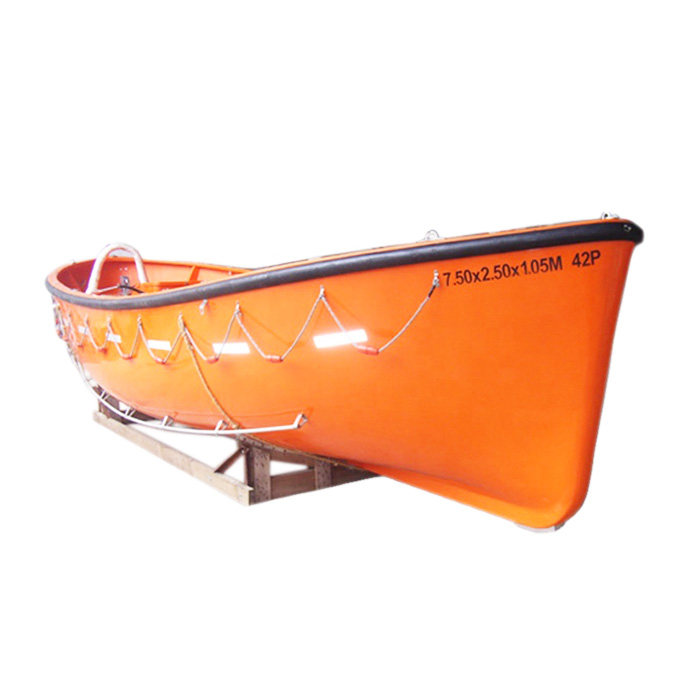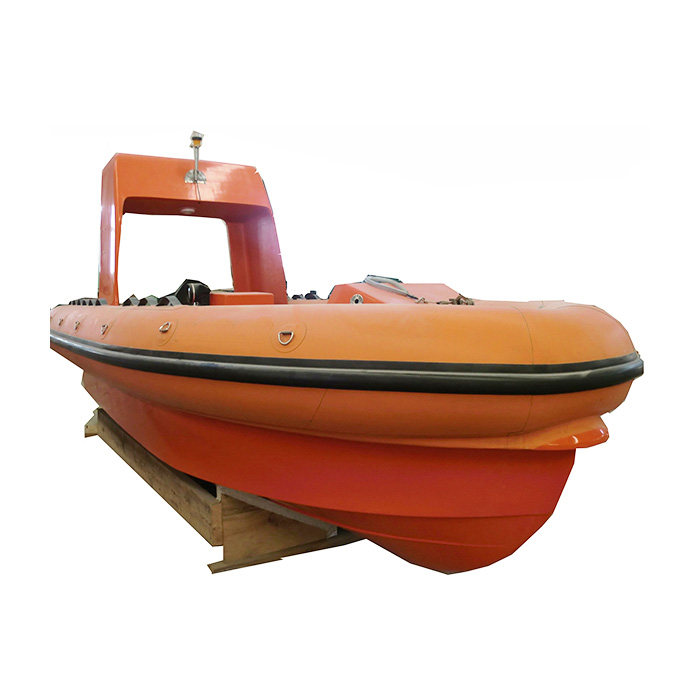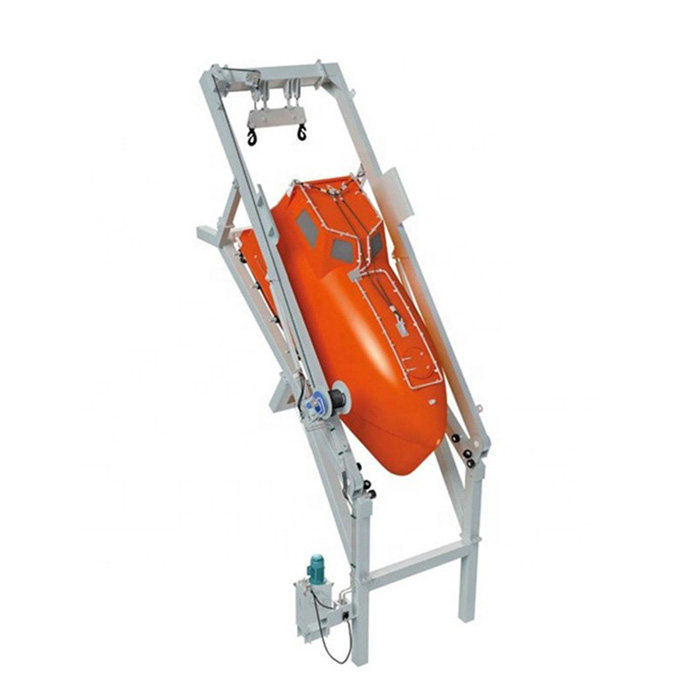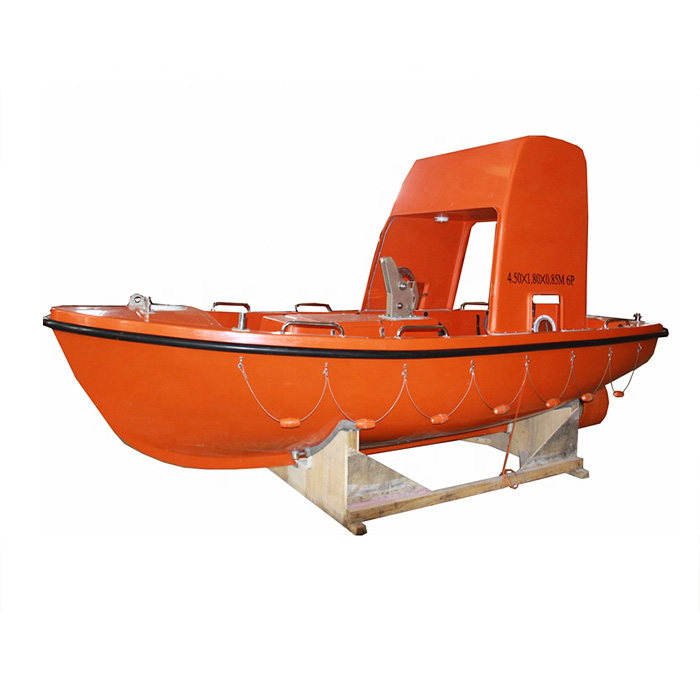What are Key Retrofit Solutions for Upgrading Lifeboats
Lifeboats are critical for ensuring the safety of passengers and crew during maritime emergencies. However, as technology advances and safety regulations evolve, old lifeboats may no longer meet current standards or provide optimal performance. Retrofit solutions with modern upgrades are a cost-effective and practical solution to enhance safety, ensure regulatory compliance, and extend the operational life of lifeboats. In this article, we focus on the topics of key retrofit solutions for upgrading life boats as well as their benefits
Table of Contents
Challenges in Older Lifeboats
This chart captures the most common challenges with older lifeboats and highlights the need for retrofitting to enhance safety, efficiency, and compliance.
| Challenge | Description |
| Outdated Launching Systems | Older lifeboats may rely on manual or inefficient hydraulic systems that slow down deployment and increase the risk of malfunction in emergencies. |
| Corrosion and Wear | Saltwater exposure and general wear can weaken the hull and components, reducing the lifeboat’s reliability and structural integrity. |
| Lack of Modern Communication Systems | Older lifeboats may not be equipped with GPS, satellite communication, or radar, making it difficult to communicate with rescue teams or navigate to safety. |
| Inefficient Power and Propulsion | Older propulsion systems may be inefficient and consume more fuel, limiting the lifeboat’s operational range and endurance. |
| Limited Comfort for Passengers | Outdated lifeboats may lack ergonomic seating, insulation, or climate control, reducing the comfort and survival chances of passengers in long-term emergencies. |
| Substandard Fire Safety Features | Older lifeboats may not have modern fire suppression systems, increasing the risk of fire spreading in emergency situations. |
| Lack of Medical and Rescue Equipment | Older lifeboats may lack modern medical supplies like AEDs or first-aid kits, as well as rescue equipment to assist in evacuating people from the water. |
| Inadequate Monitoring and Tracking | Older systems may not include real-time monitoring or tracking, making it difficult to assess the condition of the lifeboat or track its position during emergencies. |
| Limited Water and Waste Management | Older lifeboats may lack efficient water purification or waste management systems, complicating survival in prolonged emergency situations. |
| Non-compliance with New Regulations | Older lifeboats may not meet updated safety regulations or international standards, risking non-compliance and potential penalties. |
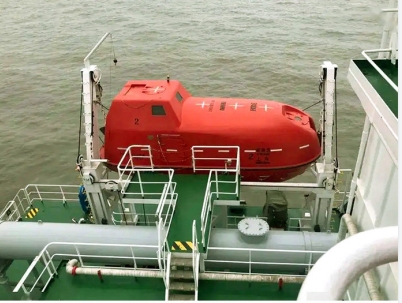
Innovative Retrofit Solutions for Upgrading Lifeboats
1. Enhanced Launching Systems
The launching mechanism of a lifeboat is vital to ensuring a smooth and safe evacuation during an emergency. Many older lifeboats use manual or hydraulic systems that may not meet the latest safety standards. Retrofit solutions such as the installation of electrically operated winch systems can significantly improve the speed and reliability of lifeboat launching. Additionally, retrofitting with automated release systems allows for faster deployment, which is essential in high-pressure evacuation situations.
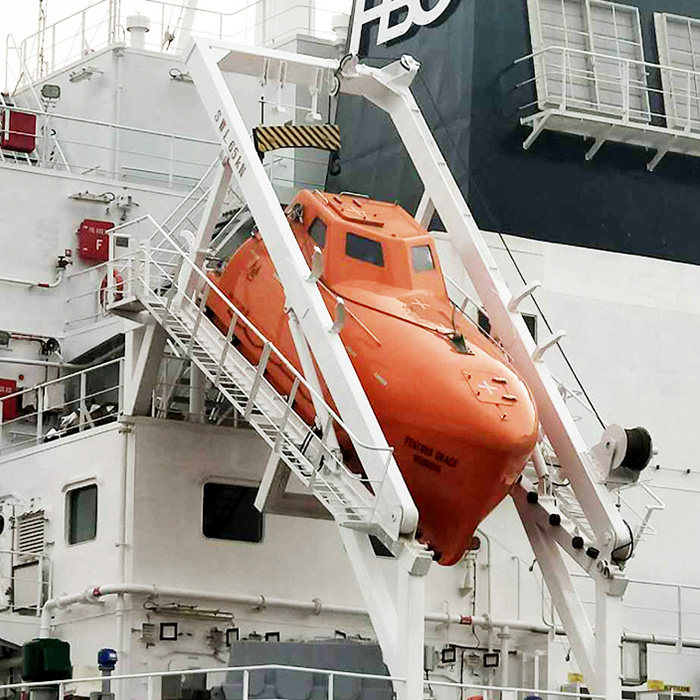
2. Advanced Navigation and Communication Systems
Modern life boats are equipped with advanced navigation and communication tools to help crews locate safe havens and communicate with rescue teams. Retrofitting a lifeboat with GPS systems, satellite phones, and radar systems ensures that even in remote areas, crew and passengers can maintain contact with rescue operations. This upgrade greatly enhances the chances of a successful rescue by providing real-time location data.
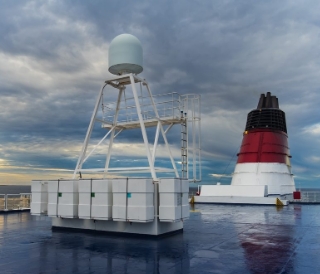
3. Improved Hull Construction
Lifeboat hulls must be durable enough to withstand harsh conditions at sea. Retrofits that reinforce the hull with modern materials, such as composite or reinforced fiberglass, can enhance the structural integrity and overall lifespan of the lifeboat. Additionally, upgrading the hull with anti-corrosion coatings can help protect the lifeboat from wear and tear caused by exposure to saltwater and extreme environmental conditions.
4. Upgraded Power Systems
Retrofitting with state-of-the-art battery systems or hybrid power solutions can ensure that the lifeboat has a reliable power source during extended operations. Solar panels, wind turbines, and fuel-efficient engines can be integrated to reduce the reliance on traditional fuel sources and provide sustainable energy.
5. Ergonomics and Comfort Enhancements
Safety during an emergency is paramount, but comfort and survival in life-threatening situations are just as important. Retrofitting lifeboats with ergonomically designed seating, insulation, and climate control systems can improve the chances of survival by ensuring that passengers remain comfortable for extended periods in the lifeboat. Insulated covers, enhanced ventilation, and water desalination devices can also be integrated to ensure that passengers have access to fresh water and can maintain optimal body temperature.
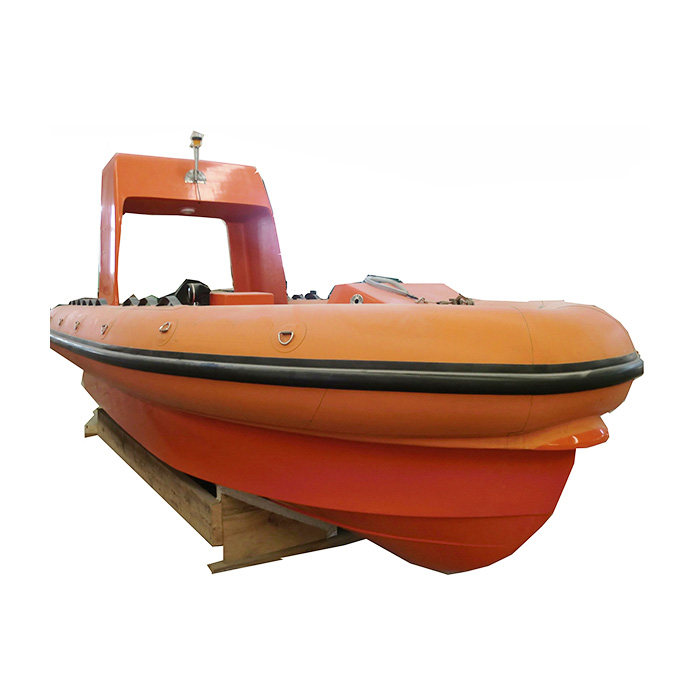
6. Fire Suppression and Safety Systems
Incorporating modern fire suppression systems into lifeboats is a key retrofit solution. The installation of automatic fire extinguishing systems and fire-resistant materials can drastically reduce the risk of a fire spreading within the lifeboat, ensuring better protection for passengers. Additionally, upgrading lifeboats with advanced water mist systems or foam-based suppression solutions enhances the overall safety environment within the boat.
7. Upgraded Emergency Medical Equipment
Medical emergencies are common in life-threatening situations, and having the right equipment on board can make a life-saving difference. Retrofitting lifeboats with advanced first aid kits, emergency medical supplies, and even automated external defibrillators (AEDs) can help in providing immediate care during an emergency. Additionally, having telemedicine equipment can allow the lifeboat crew to consult with medical professionals onshore for guidance.
8. Monitoring and Tracking Systems
A significant advancement in lifeboat safety is the ability to monitor and track lifeboat conditions during an emergency. Retrofitting lifeboats with sensors that monitor the condition of the boat, including hull integrity, ballast, and water ingress, can provide crucial data to operators. Tracking systems using GPS and satellite communication ensure that the lifeboat’s location is constantly monitored, increasing the likelihood of prompt rescue.
9. Water and Waste Management Systems
In extended emergency situations, managing water and waste is crucial for passenger survival. Retrofitting lifeboats with water purification systems and waste disposal mechanisms ensures that passengers have access to clean drinking water and a hygienic environment. This is especially important for long-term survival in harsh conditions.
10. Upgraded Rescue Equipment
Retrofitting lifeboats with rescue tools such as stretcher systems, life jackets, and rescue nets ensures that the lifeboat is ready to assist in evacuating or rescuing individuals from the water. These upgrades make the lifeboat more versatile and capable of handling various rescue scenarios.
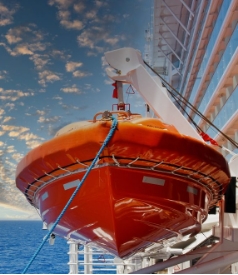
Benefits of Retrofitting Lifeboats
- Compliance with Updated Safety Regulations
Safety regulations in the maritime industry are constantly evolving. International conventions, such as the International Maritime Organization (IMO) standards, are periodically updated to enhance passenger and crew safety. Retrofitting lifeboats ensures that older systems meet the latest regulatory requirements, which is necessary to maintain vessel certification and avoid penalties. This helps ensure that marine lifeboats remain compliant with global safety standards, safeguarding both passengers and crew during emergencies.
- Increased Safety and Reliability
Lifeboats are designed to be used in high-stress, emergency situations, and their performance can significantly impact survival rates. Retrofitting older lifeboats with modern technology, such as advanced launching systems, GPS navigation, and fire suppression systems, greatly improves their reliability and response times. These upgrades ensure faster deployment, improved communication with rescue teams, and enhanced protection for passengers in the event of an emergency, all of which can save lives.
- Improved Operational Efficiency
Life boats are critical for evacuation procedures, and their operational efficiency can directly influence how quickly passengers and crew are safely evacuated from a vessel. Retrofitting lifeboats with automated systems, including faster launching and retrieval mechanisms, can reduce evacuation time. Upgrades such as hybrid power solutions and efficient communication systems also enhance the boat’s overall operational capabilities, ensuring that it functions optimally in challenging conditions.
- Cost-Effective Solution
Replacing an entire lifeboat system can be a costly and time-consuming process. Retrofitting, on the other hand, allows maritime operators to upgrade existing lifeboats at a fraction of the cost. By incorporating modern technologies and materials, operators can enhance the performance and safety of older lifeboats without the need for full replacement. This cost-effective solution can extend the lifespan of the life boat system, providing continued value for operators.
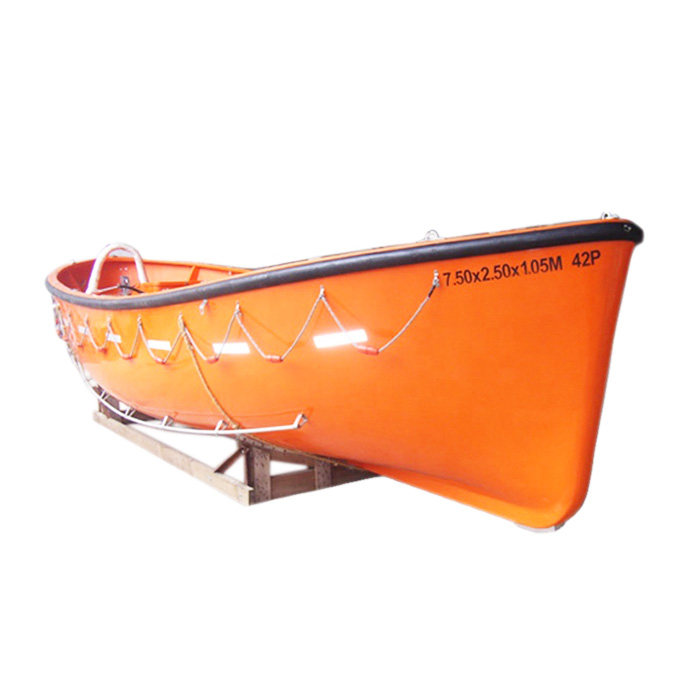
- Extended Lifespan of Lifeboats
Lifeboats, like any other piece of equipment, have a finite lifespan. Over time, wear and tear from saltwater exposure, harsh weather conditions, and general use can degrade the materials and systems of a lifeboat. Retrofitting allows maritime operators to extend the lifespan of their lifeboats by reinforcing the hull, replacing outdated power systems, and adding new features that enhance durability. This helps avoid the need for complete replacements and maximizes the return on investment.
- Integration of Modern Technology
Modern technology has revolutionized the way lifeboats operate. Retrofitting allows for the integration of cutting-edge technology such as satellite communications, remote monitoring systems, and advanced power sources like solar panels or hybrid engines. These innovations can drastically improve the lifeboat’s ability to stay connected with rescue teams, navigate to safe areas, and provide power for longer durations.
- Enhanced Comfort for Passengers
In emergency situations, the comfort of passengers in a lifeboat can have a significant impact on their ability to survive. Retrofitting lifeboats with ergonomic seating, insulation, and climate control systems can improve passenger comfort and survival chances during extended periods at sea. Additionally, incorporating water desalination systems and improved storage for supplies can help passengers stay hydrated and nourished in emergencies, which can be a life-saving upgrade.
- Environmental Considerations
Modern retrofitting solutions take environmental factors into account. For example, hybrid and electric power systems can reduce the reliance on traditional fuel sources, making lifeboats more eco-friendly. Upgrading to more efficient and sustainable materials also helps reduce the environmental footprint of lifeboats, contributing to greener maritime operations.
- Reduced Maintenance Costs
Older lifeboats may require frequent and costly repairs due to the wear of outdated components. Retrofitting with newer, more durable materials and systems can reduce the frequency of maintenance and repair, ultimately leading to lower long-term maintenance costs. Moreover, newer systems are often more reliable, reducing the chances of breakdowns or failures in emergency situations.
- Minimizing Downtime
Retrofitting lifeboats allows for upgrades without the need to take the entire vessel out of service for a complete overhaul. Modern retrofit solutions are designed to minimize downtime, allowing vessels to remain operational while the retrofitting process takes place. This ensures that vessels can continue their operations while still enhancing the safety and functionality of their lifeboats.
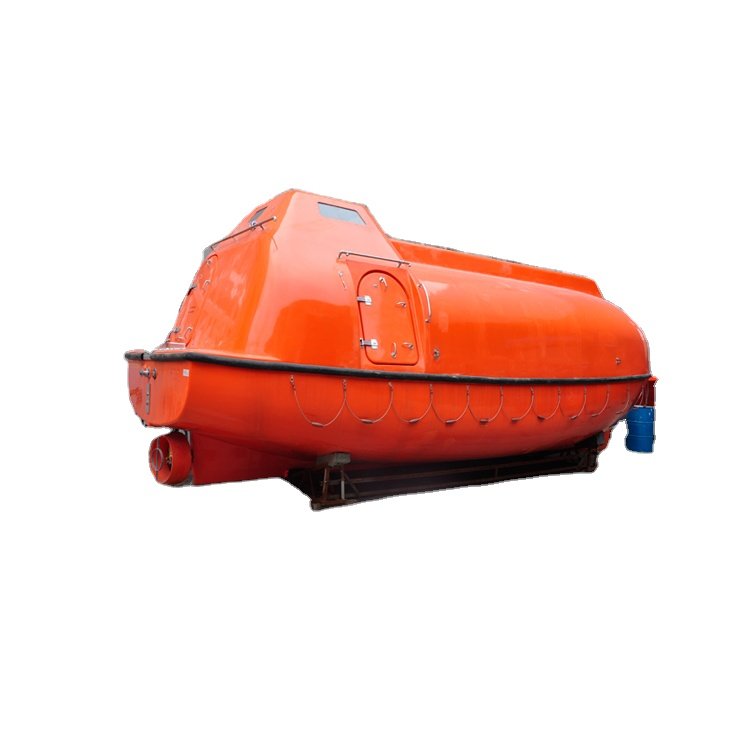
Summary
Through incorporating modern navigation tools, improved hull materials, enhanced power systems, improved monitoring and tracking systems, life-saving equipment, maritime operators can greatly enhance the safety, functionality, and efficiency of their lifeboat systems. Retrofit solutions offer significant advantages, ensuring that vessels meet international safety regulations while also improving the overall experience for passengers and crew in emergency situations.


